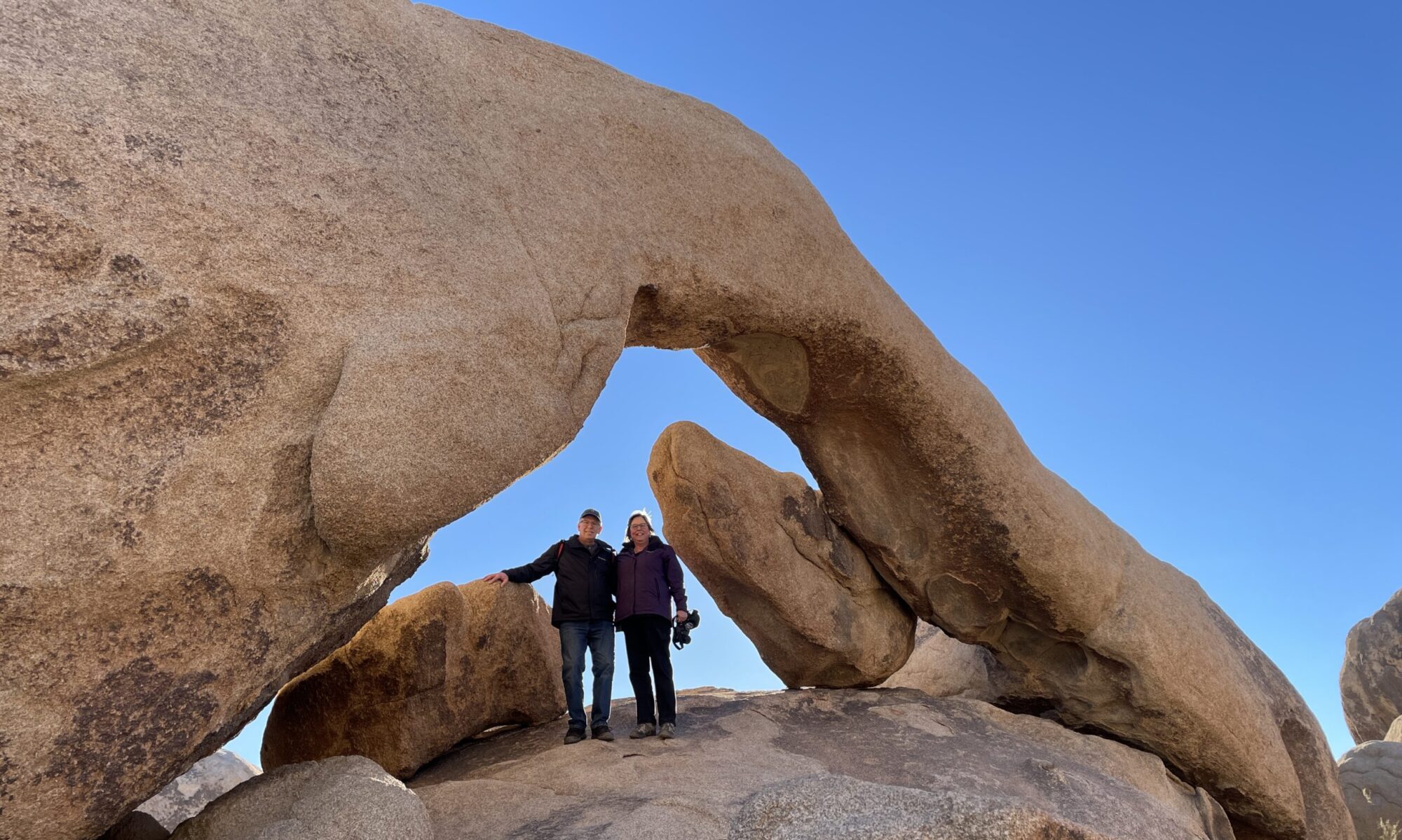Psalm 40:2 – He drew me up from the desolate pit, out of the miry bog, and set my feet upon a rock, making my steps secure (NRSV); He lifted me out of the ditch, pulled me from deep mud. He stood me up on a solid rock to make sure I wouldn’t slip (The Message); He lifted me out of the pit of despair, out of the mud and the mire. He set my feet on solid ground and steadied me as I walked along (NLT).
The “slippery slope” image is used as a rhetorical technique in arguments. It is a version of reductio ad absurdum (Latin for “reduction to absurdity”). If we allow this first thing to happen, then all these other things will happen and we will eventually be in an extreme position or condition that is bad or undesirable. It is similar to a domino effect. It also is good for creating fear and mistrust in another person’s or group’s statements or beliefs.
I got to thinking more about the image, slippery slope. It assumes we currently are elevated, holding the high ground, or standing in the beneficial position of dominance. It assumes we are in a good, right place NOW, so changing is bad and wrong.
But what if that’s not where we are? What came to me is that a contrasting image for a slippery slope (down which we may fall) is a miry bog (out of which we are lifted by God). The three versions of Psalm 40:2 highlight the power of this image. We are drawn up and lifted; our feet are placed on solid ground to take steady steps along God’s way.

Discerning and then accepting or changing our primary frame of reference is a powerful spiritual act. Are we about to fall down a slippery slope or be lifted up from a miry bog?
Knowing our primary frame of reference, or where we are coming from, helps us understand other dimensions of our life.
George Lakoff, in his book Moral Politics, presents the images of Strict Father or Nurturing Parent to describe the deeply different foundations we have for the political beliefs we hold. Another contrast is Nature or Nurture for how we describe the predominant influence on our human development.
Can we be in two places at once? Is there a slippery slope in the miry bog or a miry bog at the top of a slippery slope? How true are both of them at the same time?
One of my most influential seminary professors, Rev. Dr. Letty Russell, said that what you see depends on where you stand. We are challenged to learn from those who are standing in different places.
In my August 2019 post, “What Does Your Survey Say?” I wrote:
I know we feel the corrosive effects of violence from racism, menacing policies of leaders (and now laws of legislatures encouraging suspicion and accusation against our neighbors), threatening rhetoric, and grossly unjust differences of wealth. Jesus also was subject to these forces in his death on the cross.
See from His head, His hands, His feet,
Sorrow and love flow mingled down!
Did e’er such love and sorrow meet,
Or thorns compose so rich a crown?
(When I Survey the Wondrous Cross)
Sorrow and love mingle for sure but so does anger at the humiliation and disregard for vulnerable people represented in the crown of thorns. We still live in a world that needs saving and healing and restoration and peace. And I am inspired to keep showing up for Church and ministry and life by the words of Adrienne Rich:
My heart is moved by all I cannot save: so much has been destroyed I have to cast my lot with those who age after age, perversely, with no extraordinary power reconstitute the world (“Natural Resources” by Adrienne Rich in Household of Freedom by Rev. Dr. Letty Russell).
I pray that we might seek God’s help to be lifted out of the miry bog of violence and exploitation, regain our balance, and find ways to walk together along God’s way. And I am grateful for amazingly faithful people who reconstitute the world God has given us.

